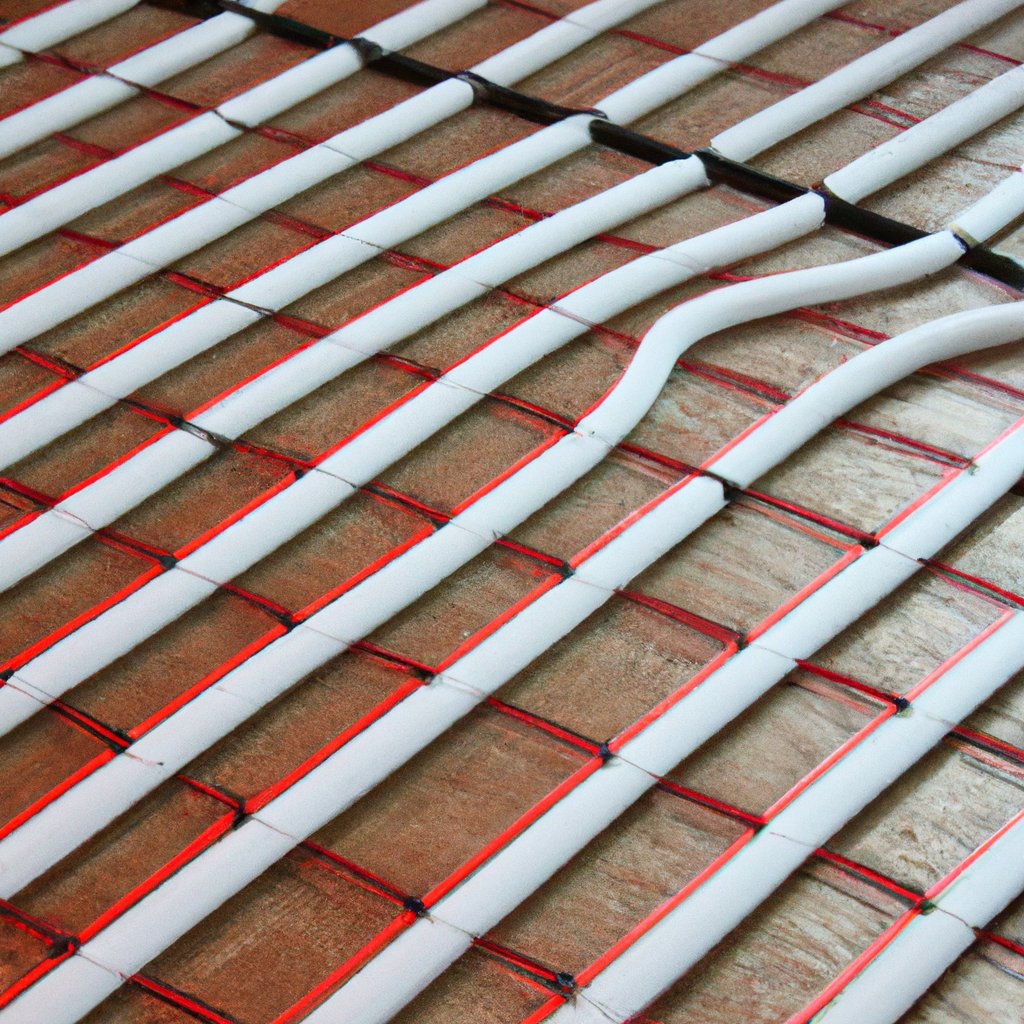How much does a emergency plumber job cost? Plumbing job cost; The prices for plumbing…
Underfloor Heating: How It Works, Advantages, and Energy Efficiency Explained
Underfloor heating in London is an innovation born after World War II and spread in the following decades, despite many prejudices, initially supported by techniques poorly tailored to human well-being and true environmental comfort.
The Evolution of Underfloor Heating in London
🏠 Domestic well-being depends on numerous factors: the proper functionality of spaces, the choice of construction materials, suitable furniture, and thermal and acoustic comfort. The need for energy savings and a green economy are increasingly being considered when choosing heating and cooling solutions.
Today, this solution has become much more sophisticated and high-performance, thanks to technological advances.
Technological Advancements
This solution offers significant energy savings compared to other options and provides greater indoor comfort by guaranteeing uniform heat distribution. Furthermore, it frees up useful space in the home, as bulky terminals such as radiators or fan coils are no longer necessary.Radiant underfloor systems are no longer simply a comfort option, but the backbone of system efficiency in NZEB Near Zero Energy Building construction and major renovations.
🔍How does underfloor heating in London work?
The effectiveness of radiant floor systems lies in their physical operating principle, which relies on heat radiation from the active surfaces, while convection systems (such as traditional radiators) primarily heat the air. This mechanism ensures a much more even distribution of heat throughout the room, reducing drafts and minimizing vertical thermal stratification.
Underfloor heating, which uses radiant panels installed beneath the covering, can be of two types: water-based or electric. In the first case, the panels carry thin pipes that transport the hot liquid (or cold for cooling), while in the second, electric resistors are used, which heat as needed.
Underfloor heating can be of two types:
-
Hydronic systems (water-based): panels contain thin pipes through which hot (or cold) water circulates.
-
Electric systems: use electric resistors that heat up when activated.
Heat radiates from the bottom to the top, providing optimal transmission because it spreads across the entire surface of the living space rather than concentrating in specific areas, as other systems do.
Modern Efficiency and Comfort
Technicians attach pipes and heating elements (the latter used less frequently) to insulating panels—usually made of polystyrene, polyethylene, or similar materials, and sometimes natural materials like cork. These panels cover the entire floor and follow a concentric or sinusoidal pattern to ensure uniform coverage of the space.
While the first underfloor heating systems used very high temperatures. Similar to those used to power radiators, today the hot water in the circuit is around 30/40°C. This not only ensures lower energy consumption. But also greater internal comfort: contact with the floor with bare feet is pleasant, not burning, and the heat is distributed evenly upward, without sudden temperature changes.
📍Advantages of underfloor heating in London
The advantages over traditional heating systems are numerous. In the case of radiators, hot air propagates through convection once the system reaches a temperature of 70°C. While in the case of underfloor heating, heat transmission is based on radiation and does not involve any air movement, as occurs with traditional radiators. Radiant systems operate at lower temperatures (around 30-35°C), but ensure that heat is distributed evenly over a larger surface area.
The cost analysis is also interesting. Radiators make the boiler work harder to heat the water, resulting in a greater energy expenditure compared to radiant systems that operate at lower temperatures.Contact Emergency Services 24H
There’s also good news regarding energy savings.Underfloor heating systems often use “green” energy sources such as pellets or solar boilers.
Conclusion
Finally, a positive aspect not to be underestimated is the lower presence of dust in the air due to the system of wall-mounted heating. Underfloor heating almost completely reduces the formation of mold and the presence of mites, an important factor to consider as it can cause allergies.
With radiant systems, heat pumps, and photovoltaic systems, condominiums can reduce energy consumption by up to 60%. A study conducted last November showed that when technicians upgrade only the systems in a condominium. Replacing boilers and radiators with radiant systems, heat pumps, and controlled mechanical ventilation. They can cut energy consumption by 30 to 40%, and even exceed 60% when they integrate photovoltaic systems.
📞Call 02034112027 now for a quick and professional service!
The technicians we collaborate with:


This Post Has 0 Comments